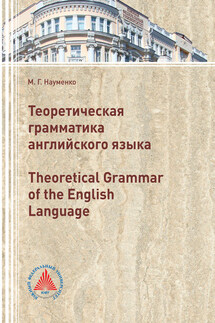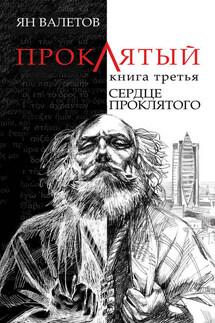Теоретическая грамматика английского языка (Theoretical Grammar of the English language) - страница 3
Language vs Speech (verbal behaviour)
Saussure made what became a famous distinction between langue (language) and parole (speech, or verbal behaviour). Language, for Saussure, is the symbolic system through which we . Speech refers to actual utterances. Since we can communicate an infinite number of utterances, it is the system behind them that is important, this is the primary object of study for the linguist. According to F. de Saussure, there is versus . Bylangue, best translated in its technical Saussurean sense as language system, is meant the totality of regularities and patterns of formation that underlie the utterances of a language; by parole, which can be translated as language behaviour, is meant the actual utterances themselves (URL: ht-tps://www.britannica.com/science/linguistics/The-20th-century).
The impact of Saussure's ideas on the development of linguistic theory in the first half of the twentieth century cannot be understated. Two currents of thought emerged independently of each other, one in Europe, and the other in . The results of each incorporated the basic notions of Saussurian thought in forming the central tenets of .
The most important of the various schools of structural linguistics to be found in Europe in the first half of the 20th century included the Prague school, most notably represented by Nikolay Sergeyevich Trubetskoy and Roman Jakobson, both Russian émigrés, and the Copenhagen (or glossematic) school, centred around Louis Hjelmslev (URL: http://www.newworldencyclopedia.org/entry/Ferdinand_de_Saussure).
Syntagmatic vs paradigmatic relations
Lingual units stand to one another in two fundamental types of relations: syntagmatic and paradigmatic. Syntagmatic relations are immediate linear relations between units in a segmental sequence (string). One of the basic notions in the syntagmatic analysis is the notion of syntactic syntagma. A "syntactic syntagma" is the combination of two words or word-groups one of which is modified by the other. To syntagmatic relations are opposed paradigmatic relations. They exist between elements of the system outside the strings in which they cooccur. The function of a grammatical paradigm is to express a categorial meaning (Blokh, 2000).
Plane of Content and Plane of Expression
This dichotomy was first studied by Louis Hjelmslev (1899-1965) – Danish linguist, the founder of the of linguistics. Together with he developed a theory of which he called . The main interest of glosssematics was describing the formal characteristics of the language. L. Hjelmslev’s is a development of F. de Saussure's sign model. considered a sign as having two sides, signifier and signified. Hjelmslev's famously renamed signifier and signified as respectively expression plane and content plane, and also distinguished between form and substance (URL: https://en.wikipedia.org/ wiki/Louis_Hjelmslev).
The plane of content comprises the semantic (meaningful) elements of the language; the plane of expression comprises the material (formal) units of the language. Each language sign has a form and a meaning. The two planes are inseparably connected. Grammatical elements of language present a unity of content and expression, a unity of form and meaning.


